Summer-Flowering Bulbs
I make no apology for repeating my favorite description of bulbs as ‘firework plants.’ The fact that someone else has done all the work in terms of their flowering capability means that all you, as the gardener, have to do is metaphorically light the blue touchpaper and stand well back.
That much is valid for the first year at least, but if bulbs are planted in a
the spot they enjoy, then it can hold for subsequent years as well.
I love bulbs, not only for their rapid response after planting but also because they offer variety in shape and color and the time of flowering.
They can generally be shoe-horned in between other plants so that when their spectacular season of flowering is over, their foliage (usually nothing to write home about) can be masked or its appearance ameliorated by that of its neighbors.
This is the prime season for spring-flowering bulbs. I love the gradual variation in color as the season progresses, from the white of snowdrops and the buttercup yellow of winter aconites to the yellows and oranges of narcissi, followed by an explosion of every color, except blue, from tulips.

But blues can be enjoyed, too, if you plant crocuses such as C. tommasinianus, as well as the elegant camassias that I want in a patch of a meadow where they look most at home.
I add snake’s head fritillaries each year to my patch of meadow, intending to build up a healthy colony of bulbs.
I use the term bulb loosely to encompass a variety of underground food storage organs that plants have adapted to see through climate extremes.
A bulb is, strictly, a condensed shoot or bud, as is the case with snowdrops, daffodils, and tulips.
Both the cyclamen and the crocus grow from a corm, which is a condensed stem bearing a shoot at its apex, rather than surrounded within its leaf scales, and then there are tubers, which may be root tubers (as is the case with dahlias) or stem tubers (as with potatoes).
Buds or’ eyes.’ occur all over a stem tuber instead of the root tuber, which has a bud or buds only at its top end.
A rhizome is a swollen but elongated underground stem, as is the case with bearded irises and winter aconites.
What is often overlooked is that bulbs are not just spring flowering.
Many summer-flowering bulbs offer tremendous value and variety, not least in brightening up parts of the garden when earlier flowers have gone over.
Hardworking lilies, gladioli, alliums, crocosmia, bearded irises, and the good old dahlia are now justifiably well-established as a valuable summer garden resident after years of languishing an unfashionable plant.
Plan your planting
Spring-flowering bulbs push out their flowers before the overhead canopy of trees and shrubs is inhospitably dense.
Their foliage follows and needs to be taken into account at planting time, making sure that it will not be an eyesore while at the same time giving it a chance to luxuriate and photosynthesize for six weeks or so before it is chopped back.
This allows food reserves – and, consequently, flowers – to form in the bulbs below to power next year’s show.
They are great gap fillers but so, too, are summer flowering bulbs which, like their spring counterparts, can be shoe-horned in between beefier border residents so that not
a square inch of soil is deprived of its flowering potential.
Such bulbs need not always be committed to the ground.
They can be planted in pots for display on terraces or patios, or else pot-grown and dropped into gaps in beds and borders that become noticeable as the
summer progresses. Versatility is their middle name.
But make the pots large, a good 25cm or 30cm in diameter so that they
do not dry out rapidly in warm weather.
And when they are tucked among border plants, remember that they will
rely on you for food and water.
Don’t neglect them, or the display will fall woefully short. Don’t be too dotty when it comes to bulb planting – boldness always pays off.
Plant in generous-sized groups or, in the case of drumsticks like alliums, stud a border with them from end to end, so they rise above the ground-hugging foliage of their neighbors.
I prefer to plant large clumps of a couple of dozen bulbs with daffodils rather than using the age-old method of scattering.
Tips For Better Bulbs
- Follow a few simple rules, and you won’t go far wrong. Spring-flowering
bulbs are planted in autumn, while summer bulbs go in during spring.
Otherwise, they need the same treatment. - Find the right spot for the bulb in question. Does it like sun or shade,
moist or well-drained soil? The conditions are critical to its survival and will greatly affect performance. - Plant at the correct depth – generally three times the depth of the bulb itself. If planted too shallowly, it may dry out and run out of sustenance, which is vital if the bulb
- Allow the foliage to remain six weeks after flowering to build
food reserves for the following year. Tying it in knots or chopping it. - If drought conditions prevail at flowering time, keep bulbs well-watered. This is when next year’s flowers are initiated inside the bulbs, and drought may well have an adverse
effect. Feeding with a general fertilizer at the same time will help. - Add to your bulbs every year. If naturalized in the grass, they face stiff competition for food and water, so plant more every season to help maintain the display level.
- Dig up and divide overcrowded bulbs immediately after flowering and replant at the correct depth in soil enriched with organic matter and a good dusting of fertilizer.
Summer-Flowering Bulbs To Plant Now
- Crocosmia Montbretias have an image problem, as older varieties
were not always prolific flowerers. Many new varieties are brilliant, though,
and this is one of them, with swathes of elegant orange flowers. The foliage is
handsome, too. I plant them in snaking rivulets in borders. Flowers Jun-Aug. Height x Spread 90cm x 10cm.

- Dahlia Don’t stick with boring old ‘Bishop of Llandaff’ whose deep red foliage and scarlet
flowers can be hard to place. This variety has warm orange blooms that light up a sunny border where the soil has been enriched with well-rotted garden compost or manure. Dahlias are greedy, so be good to them. Flowers Jul-Oct. H x S 75cm x 75cm
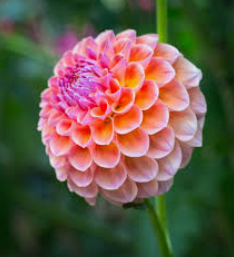
- Allium ‘Purple Sensation’ I know this is a prevalent variety, but it is one of the
best and reasonably priced, so you can afford to plant in bulk. It self seeds generously, but you have to wait for the progeny to reach flowering size, so it pays to plant a few
more every year. Flowers Jun. H x S 100cm x 50cm
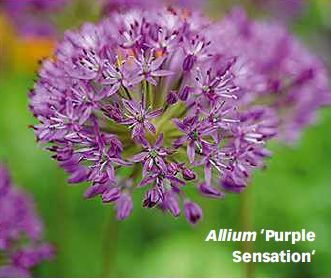
- Gladiolus byzantine Many of the larger-flowered gladioli are best grown on
a veg patch for use as cut flowers rather than in the garden, where they often look
clumsy and angular. But this little beauty is much more elegant, even if its cerise
flowers might give you a headache when you come to place them. I love them in the foot of a hedgerow for a touch of Cornish charm. Flowers May-Jun.H x S 60cm x 20cm
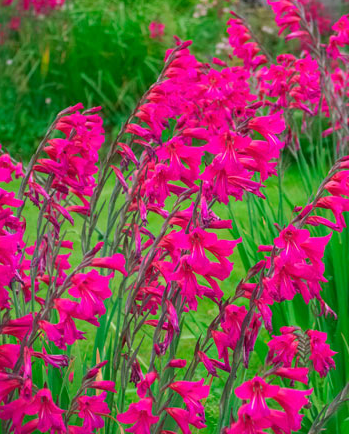
- Lilium ‘Star Gazer’ A stunning oriental lily with a glorious scent. It will enjoy some support to protect it from strong winds, but the stems are sturdy enough to support the blooms. Grow in pots for portability and to allow you to pop it into beds for a splash of instant color. Hose off lily beetle larvae. Flowers Jun-Aug. H x S 1-1.5m x 30cm
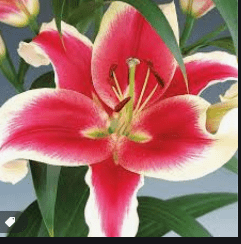
- Canna indica varieties Invaluable for bringing a touch of the tropics to borders with
their lush green or plum purple foliage and bright red, orange, or yellow flowers. Not totally hardy, so either mulch with compost or manure in autumn and chance leaving
them where they are, or dig up the roots and overwinter in a frost-free greenhouse.
Flowers Jun-Sep. H x S 1.5m x 50cm
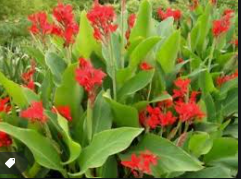























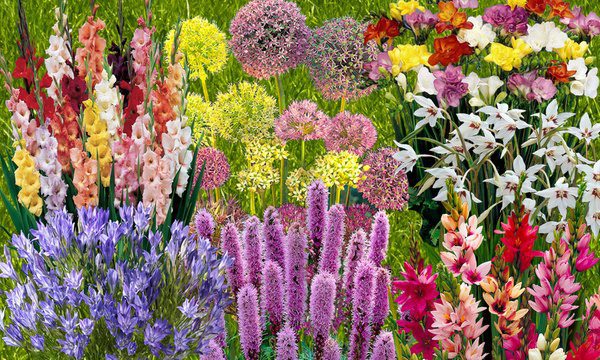




Comments are closed.